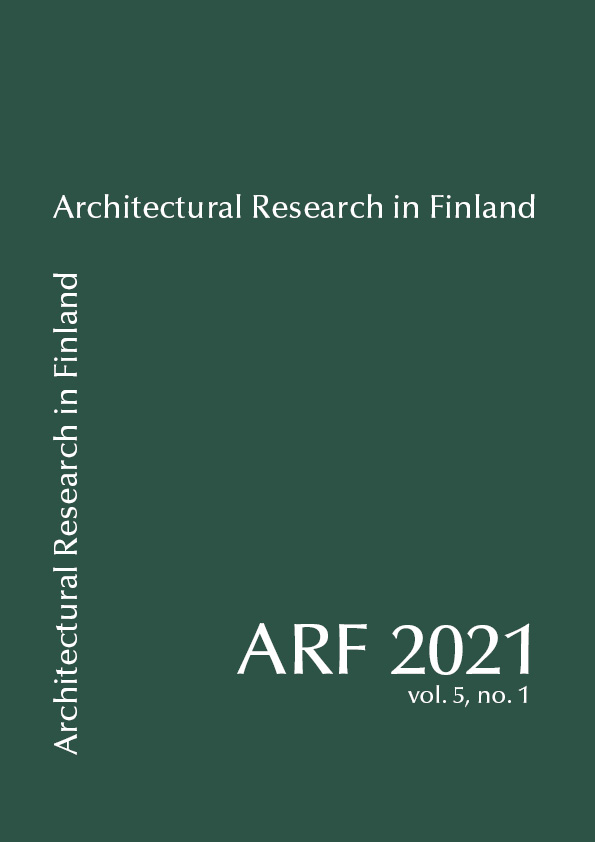Quarticciolo
A suburb as dissonant heritage
DOI:
https://doi.org/10.37457/arf.113248Avainsanat:
Italy, 1930s–1940s, fascism, residential architecture, urban planning, cultural heritage, identityAbstrakti
Applying case study methodology, this article addresses problematics related to the identity and origin of the Italian fascist-era residential satellite areas constructed around the capital, Rome. The article focuses on one such suburb, Quarticciolo, built mainly between 1940 and 1943 on the eastern periphery of the city. Three narratives contributing to the formation of the area’s identity are identified and presented: Quarticciolo as (i) an expression of the fascist government’s aspirations, (ii) a significant centre of anti-fascist resistance, and (iii) an example of modern rationalist architecture.
The three narratives, along with their constitutive elements, are then compared, and counterarguments to them are presented. It is argued that although all the narratives, in different ways, are connected to historical facts, each one of them on its own offers a one-sided interpretation. The narratives are then connected to the process of the public memorialization of the fascist era and the resistance, and to broader ongoing discussions concerning the architecture of totalitarian and dictatorial regimes as ‘dissonant heritage’.




